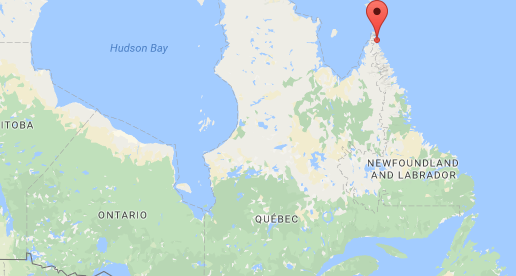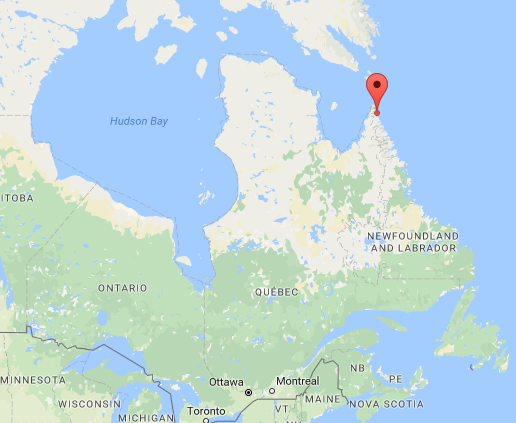What They Did Not See


The point flagged above is pretty close to the northeastern tip of the Labrador Peninsula. Few if any people live there or even visit. But in 1977, a geomorphologist named Peter Johnson was in the area on a geological survey, according to the book Amazing Flights and Flyers, when he came across a weather station — equipment used to measure the climate in the area and then transmit it to a central location. That station, unmanned and no longer in use, was no longer sending information to the Canadian weather service, and Johnson didn’t think much of it.
But as it turned out, it wasn’t quite what Johnson thought it was. Yes, it was a weather station, but it wasn’t a Canadian one. It was a German one. And he was the first Canadian — or, for that matter, the first person from the Western Hemisphere — to find it.
And it wasn’t new, either. The Germans built the weather station there in 1943 — during World War II.
During the war, the Germans were at an environmental disadvantage: weather systems in the North Atlantic — a major theater of war — typically move from west to east. The Allies, therefore, had the upper-hand when it came to the forecast, as they (the American and Canadian parts, at least) experienced it back home before it made its way toward Europe. As Wikipedia notes, the Germans tried to overcome this disadvantage by sending U-boats (German submarines) out to monitor the weather, but in order for the U-boats to transmit the data back, they’d have to surface — putting them at risk of detection. There had to be another way.
That better way: permanent installations in the Americas. The Germans sent two U-boats out on that mission; one made it safely to Labrador. On October 22, 1943, it landed in Canada and an armed landing party — including a meteorologist — came ashore. The crew set up the weather station — unofficially known as Weather Station Kurt — and 28 hours later, were back off to sea. This was, as far as we know, the German’s only North American operation during the war that featured armed servicemembers.
It’s likely that Weather Station Kurt transmitted weather data to the Germans for the remainder of the war, but, as it went undiscovered for more than three decades, the U.S. and Canada cannot know for sure. In any event, it’s now been relocated to the Canadian War Museum in Ottawa.
Bonus fact: Newfoundland and Labrador are also the names of two different breeds of dogs. But the geography of their origins isn’t quite right. Newfoundland (dogs) are from Labrador; Labrador Retrievers are from Newfoundland. It’s a simple mix-up, per Wikipedia: “the two breeds’ names and origins were mixed once moved into England and the Americas.”
From the Archives: When the Germans Invaded America: Saboteurs, not soldiers.
Related: A Labrador Wine Retriever, kind of.
